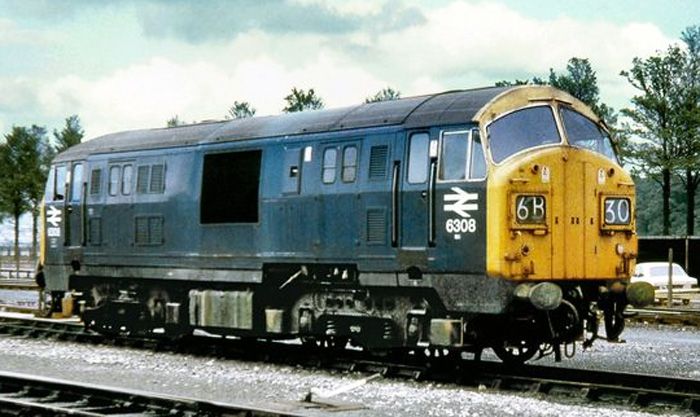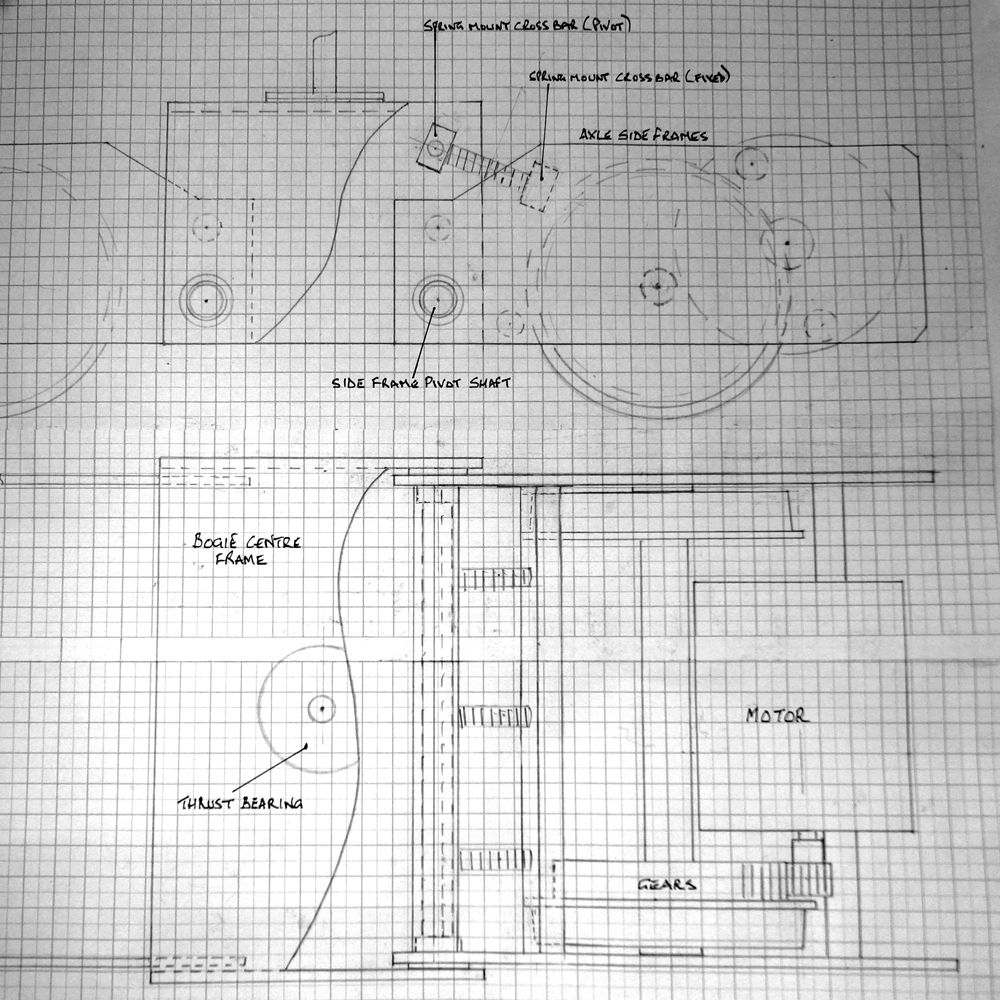I wonder..?
If you read up on the characteristics and technical spec on the different battery types then the obvious choice for an electric loco would be a deep cycle (traction) battery.
What about in practice though..? there are lots of examples of things that work with no problems when theory tells you it shouldnt or wont perform so well.
The majority of electric locos I have seen are running on leisure batteries and I think I am right in saying that there now seems to be leisure batteries that are listed as "deep cycle", whether they are actually any different or not I dont know.
As I understand it, it seems to be how much capacity you take from the battery that is key. If you take a leisure or car battery down to 25% on a regular basis then it will start to have problems. So I wonder, are users of leisure batteries not taking them down any further than say 50% and that is why they have no problems.
I spoke to someone yesterday and he uses leisure batteries in quite a large loco and he said that the batteries are 3 years old and never been a problem. He doesnt measures how much they use but an afternoon at the track is probably no more than a total of one and a half hours running on and off. I am guessing that he probably doesnt take them down any further than 50-60%.
So could it be a case of "theory says…. but in practice…."
Ron
Edited By Ron Laden on 15/08/2018 09:55:47
Ron Laden.







